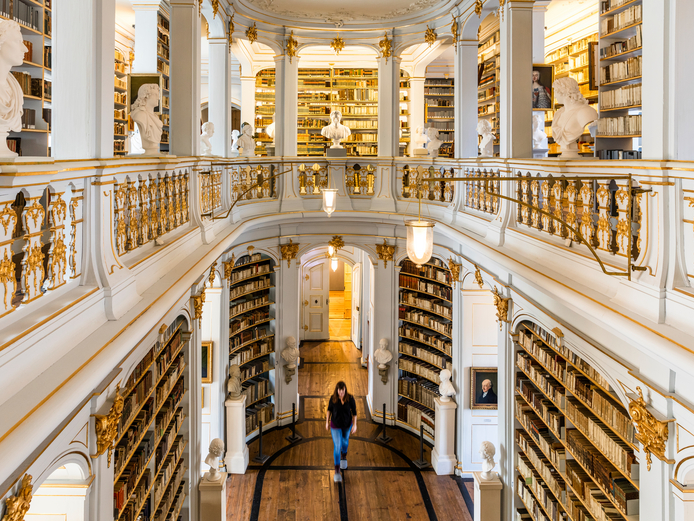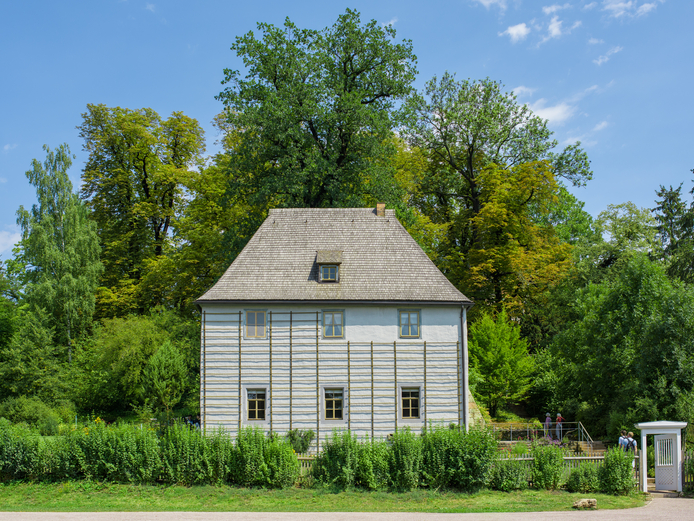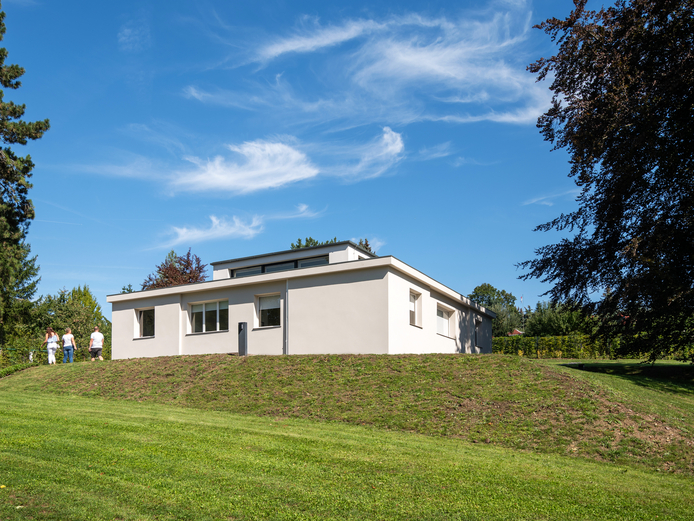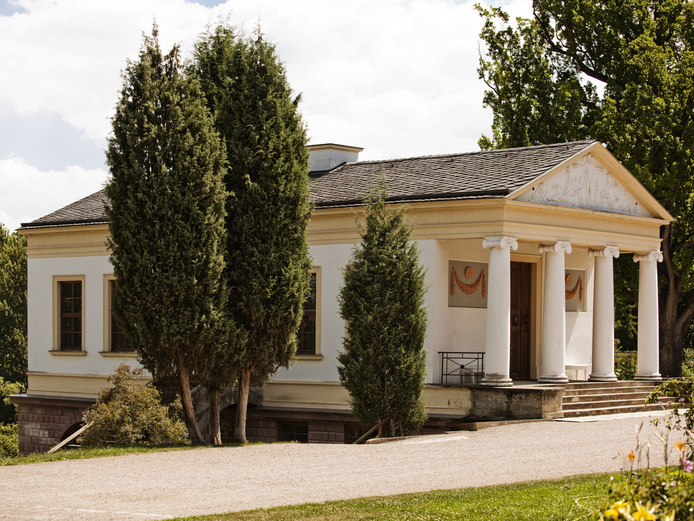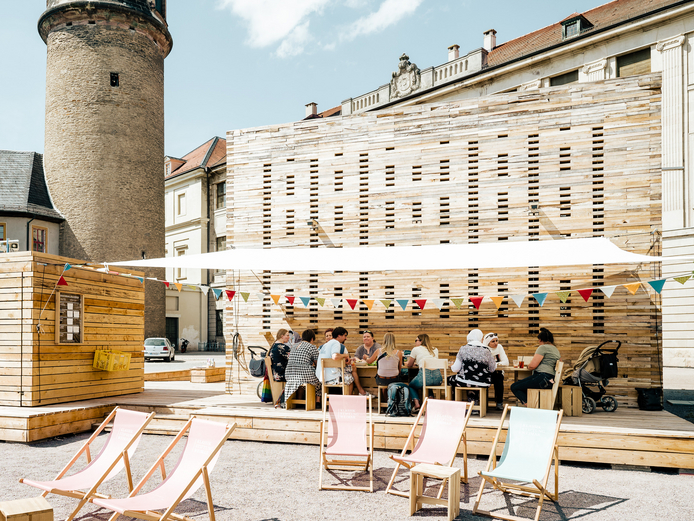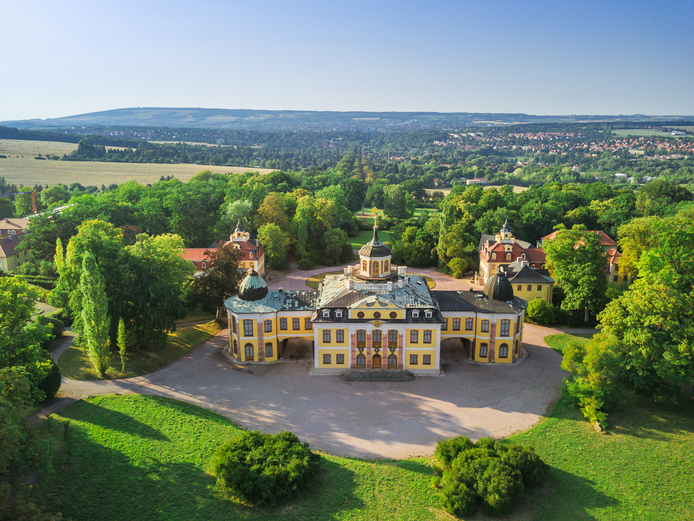Projects of the Klassik Stiftung Weimar are funded by the European Regional Development Fund (ERDF) and the Free State of Thuringia, represented by the State Chancellery of Thuringia, Department of Culture and the Arts.
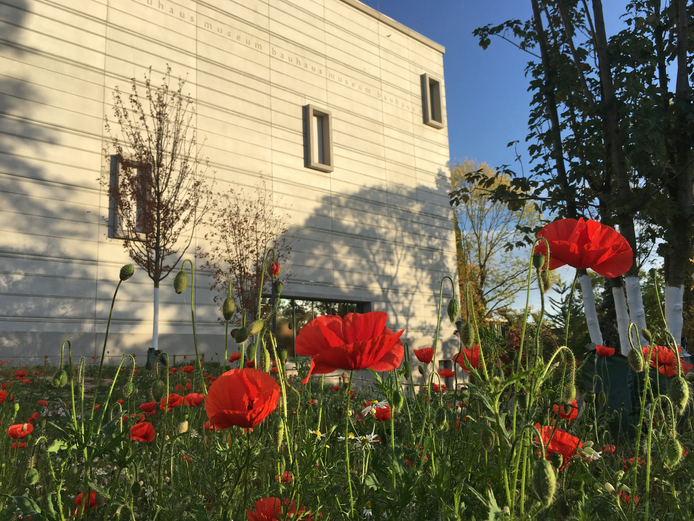
Bauhaus Museum Weimar
On the occasion of the 100th anniversary of the State Bauhaus, founded in Weimar in 1919, the new Bauhaus Museum Weimar opened in 2019 and has since presented the treasures of the world's oldest Bauhaus collection. As a place of open encounter and discussion, it recalls the early phase of the most important design and art school of the 20th century and links its history with questions about shaping life today and tomorrow.

